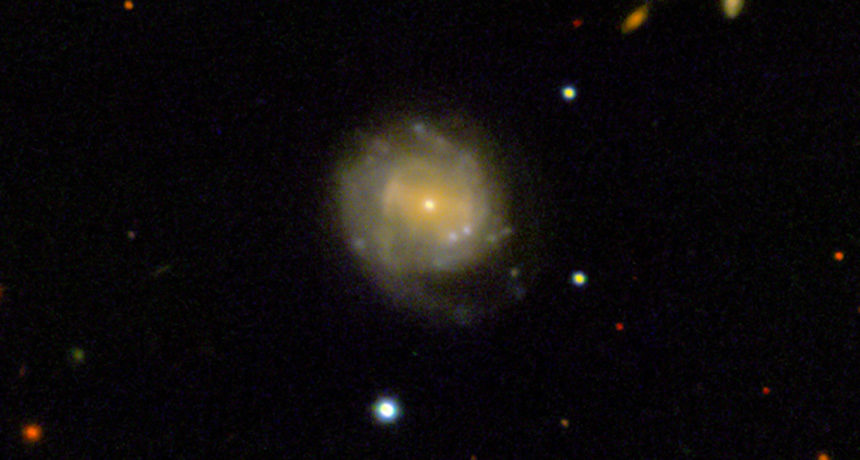
Newly released observations support the idea that the burst occurred in a dense environment with strong magnetic fields, astronomer Kuiyun Huang and colleagues report in The Astrophysical Journal Letters June 12.
These new measurements "for the mysterious transient ... provide one of the strong hints of its nature," says Huang, of the Chung Yuan Christian University in Taoyuan City, Taiwan.
Since the Cow appeared in June 2018 as a brief burst of light in a galaxy about 200 million light-years away, astronomers haven't been sure what to think of it. The initial glow flared more quickly and seemed 10 times brighter than an ordinary supernova, the violent explosion that marks the death of a massive star (SN: 2/18/17, p. 20).
Follow-up observations of the Cow - which got its nickname from the randomly assigned name "AT2018cow" - left two main theories for what it could be: a strange sort of supernova, or an exotic star being shredded by a black hole (SN: 2/2/19, p. 13). But neither theory alone could explain all the Cow's weird features.
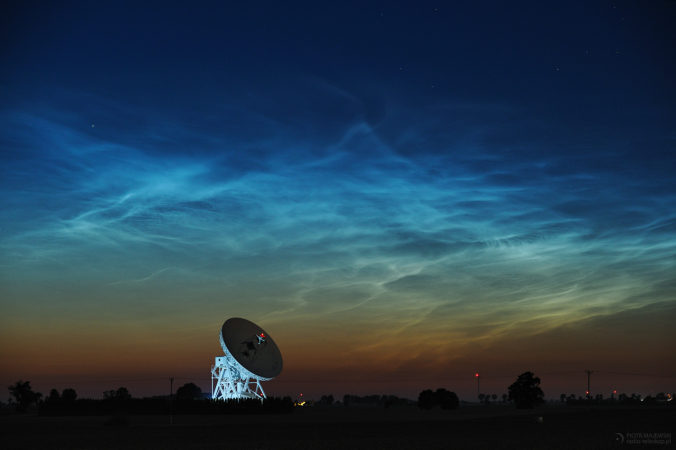
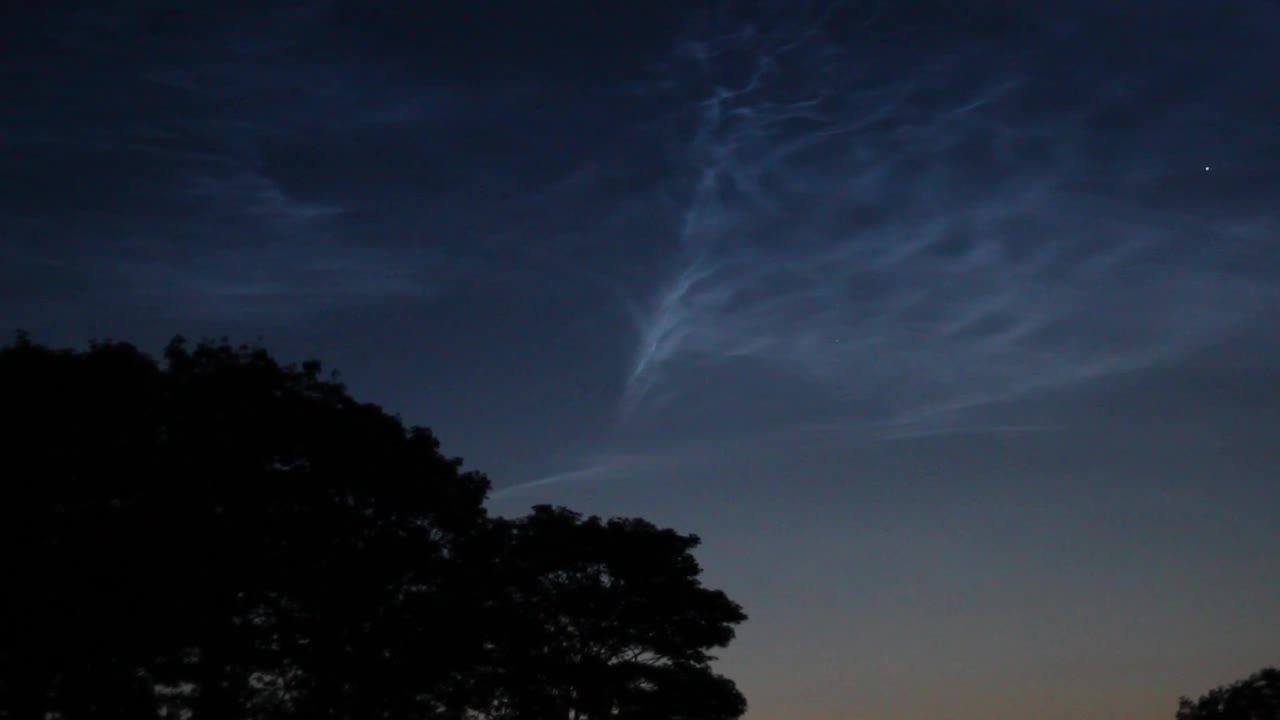
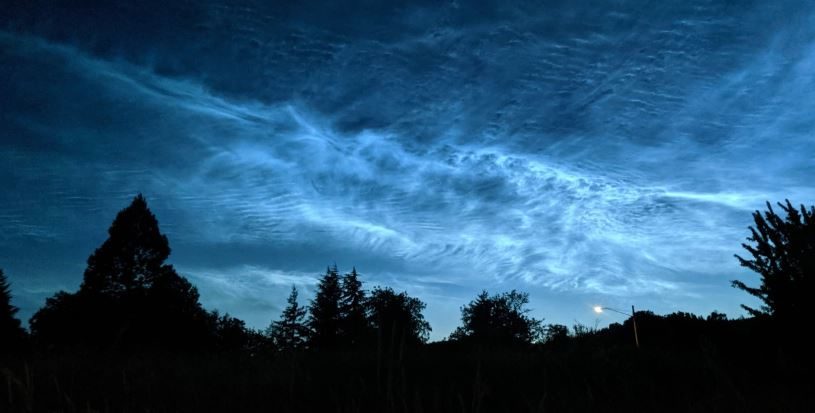
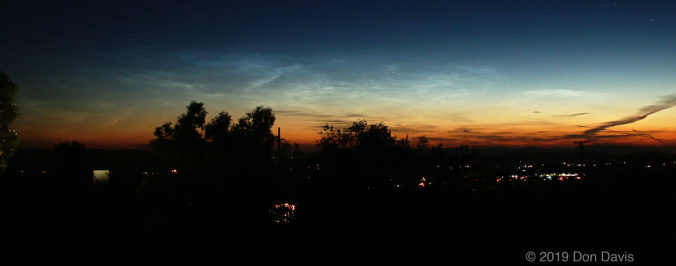
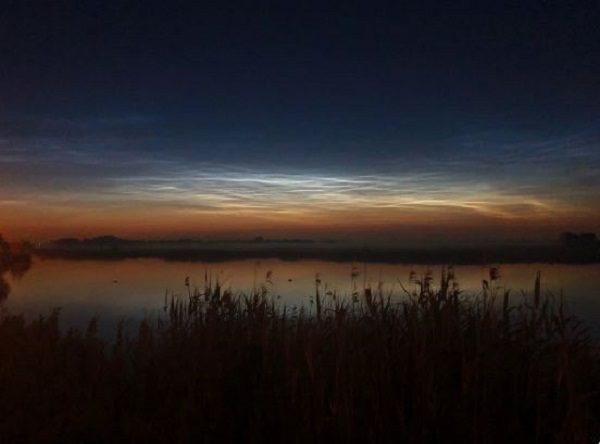
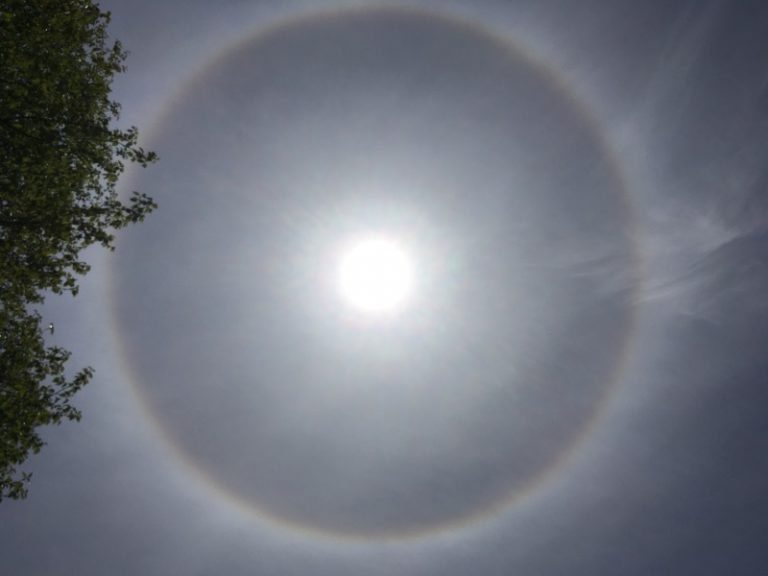

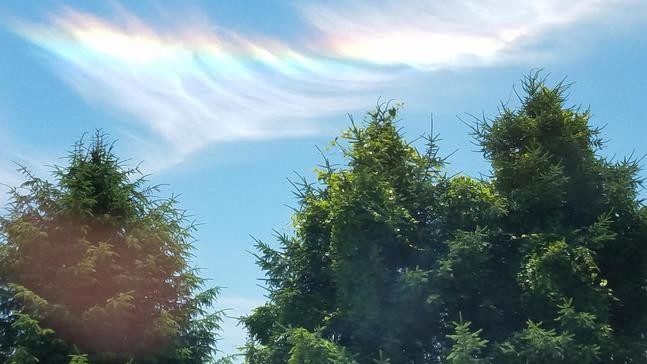
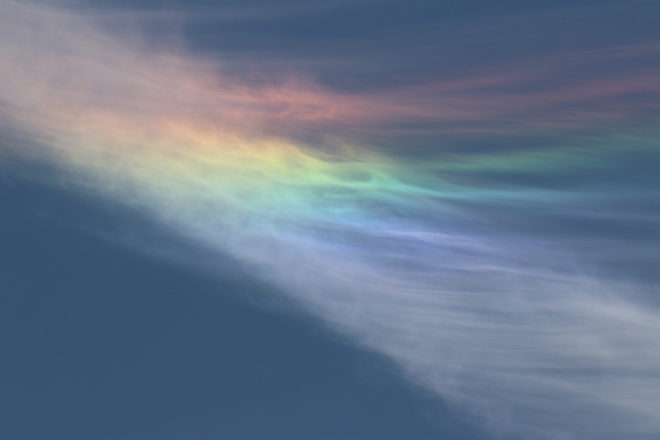
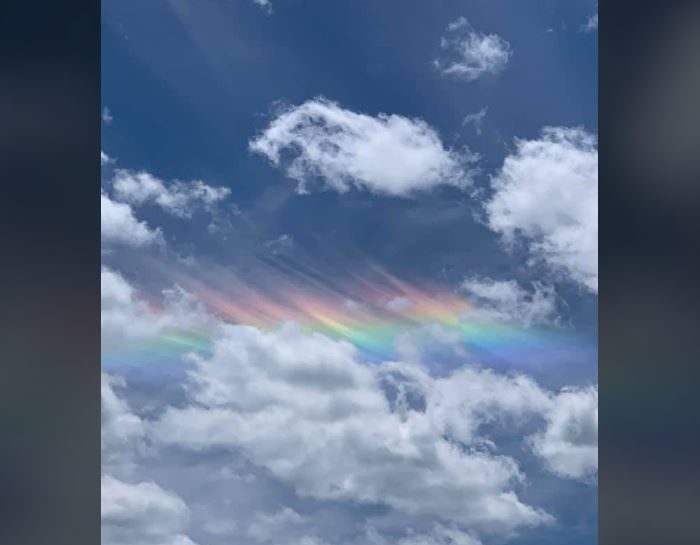



Comment: See also: